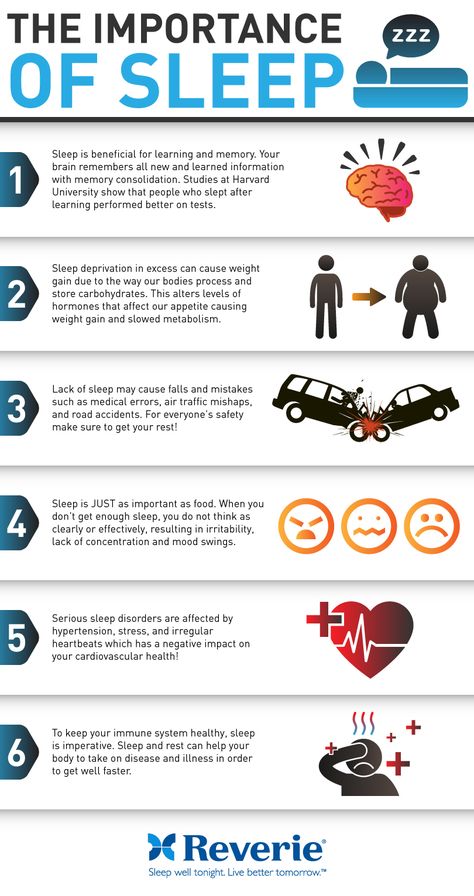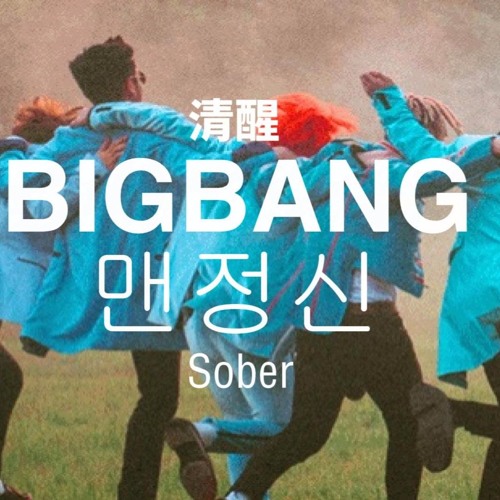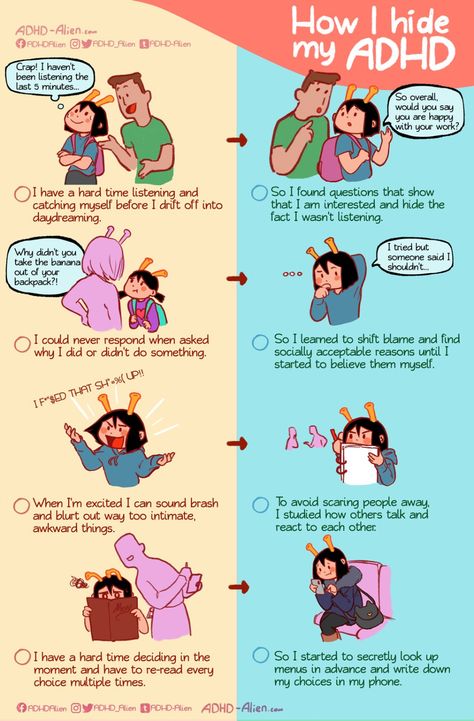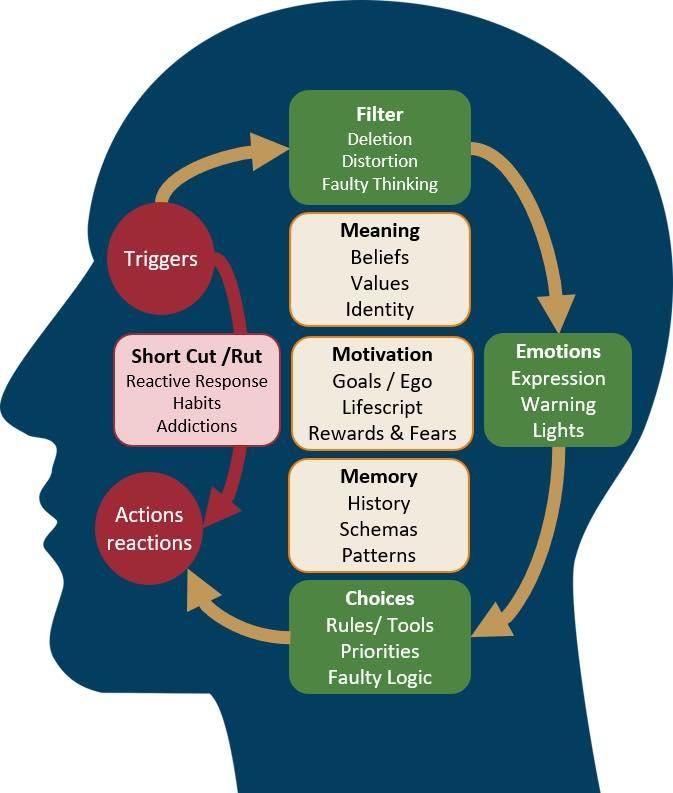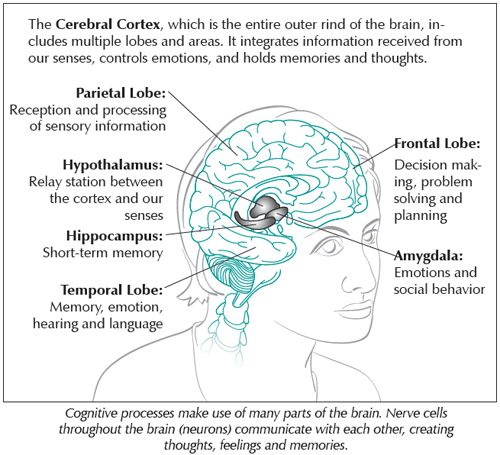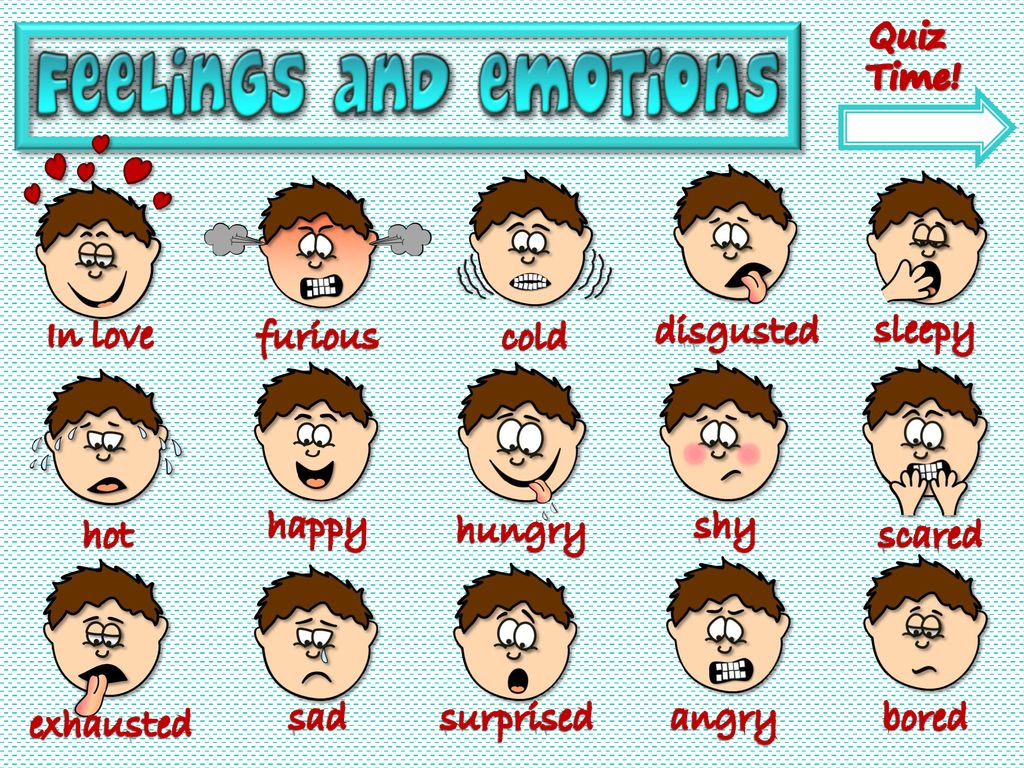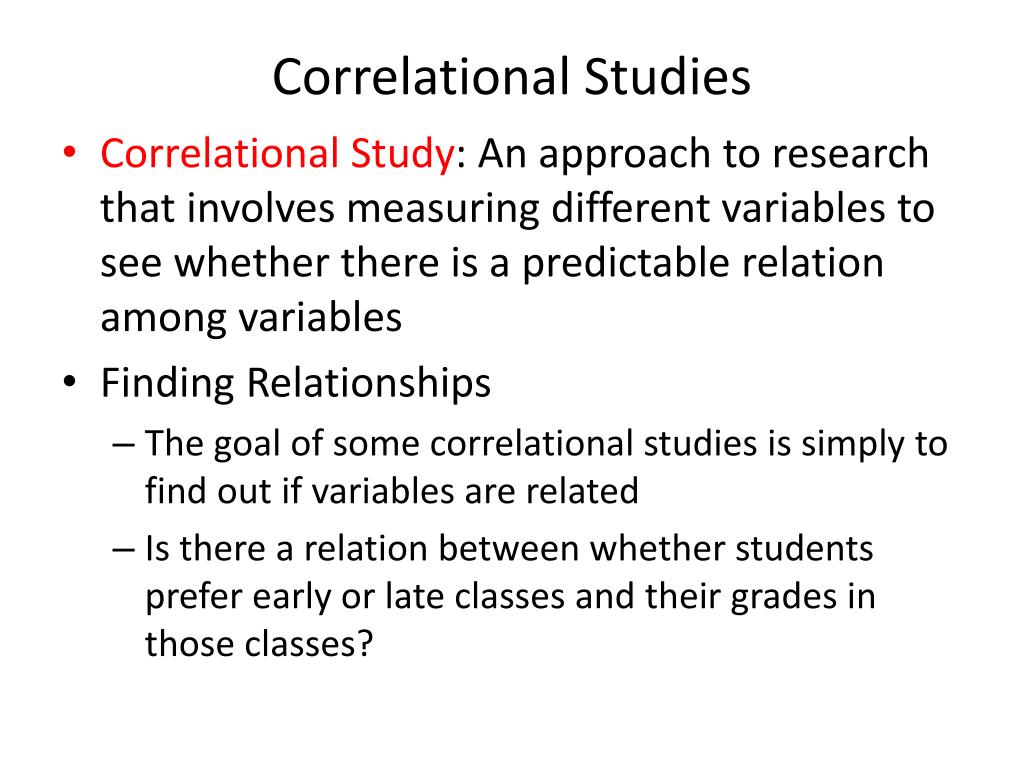The essential family guide to bpd
New Tools and Techniques to Stop Walking on Eggshells by Randi Kreger
Our customers have given this title an average rating of 5 out of 5 from 2 review(s), add your own review for this title.
Barbara Oakley, Ph.D. on 23/12/2008
(5 out of 5)
I thought nothing could ever top the first book Randi Kreger co-wrote ("Stop Walking on Eggshells") but her newest book does it---I wish I could give ten stars instead of five. This seemingly simple book is one of the top five most useful books Ive ever read in my life---Ive already reread it twice, and will be reading it again in the years to come to help keep me in the right mental place. If you want to not only understand emotionally troubled people, but also do something concrete to help yourself, push the button and order this book right now.
There are so many powerful and easy-to-use tools provided in this book that its tough to figure out which ones to mention in this review. They all give concrete answers to the seemingly unanswerable question that always arises whenever you
e faced by a troubled personality--what do you do about it?
For example, Ive always heard that you need to "set firm limits" with people who would overstep your boundaries. But personally, I never really quite understood what the word "limits" actually meant, and I certainly didn know how to set them. Nothing I ever read on the topic helped much, because what little I found was so vague.
But Randi gives example after concrete example of what limit setting actually means in a variety of situations, emphasizing throughout that its important to understand your own greater sense of whats fair and right for yourself as well as for others. Her chapter on uncovering what keeps you feeling "stuck" provides a terrific explanation of a problem in relationships with people who are troubled. In the chapter on communication, Randi describes precisely how to communicate and actually be heard.
And the good news is that it IS possible to get your troubled person to make changes---Randi tells precisely how to do it, even while you are improving your own health and life.
If you are dealing with a person who is making your life miserable and who leaves you constantly feeling as if you are walking on eggshells, you need this extraordinary book.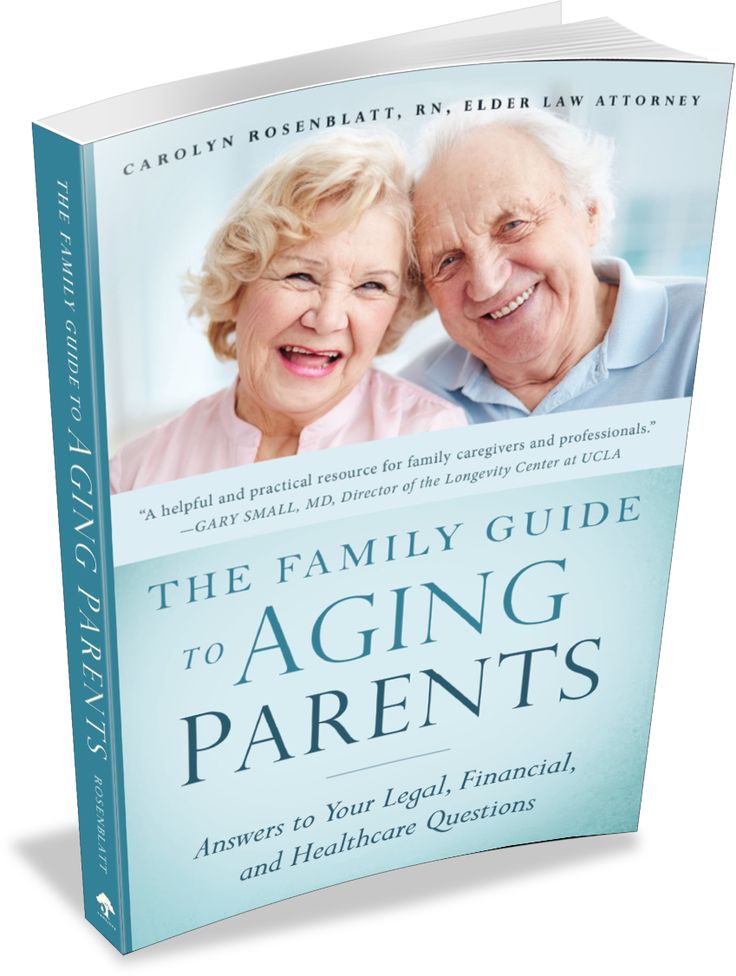
Rita Closson M.A., Social Psychologist on 23/12/2008
(5 out of 5)
Another Blockbuster from Randi Kreger, November 14, 2008
By Rita K. Closson (Kansas City, MO)
Now in 2008, Randi Kreger has another blockbuster book to add to her wonderful treasure trove of resources.
*The Essential Family Guide to Borderline Personality Disorder: New Tools and Techniques to Stop Walking on Eggshells* is stimulating, challenging, educating and thought-provoking. It is an essential book for both the practioner, family member, students of mental health, psychology and Borderline Personality Disorder.
Everyone interested in mental health with some personal experiences of BPD will love this book.
This book is absolutely superb. It has a stimulating collection of essays that taken together really open up the subject of Borderline Personality Disorder.
*The Essential Family Guide to Borderline Personality Disorder* is full of information on how to find a therapist, insurance concerns,and different types of treatments and therapies.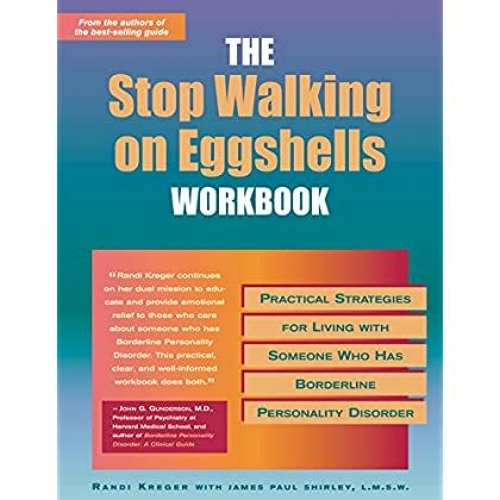
The second part of the book is about the Power Tools for the non BP to get a grasp on how to set limits, boundaries, take care of themselves and to be heard by the borderline by using great communication skills and reinforcing the right behaviors.
Most family guides focus on a broad spectrum or general overview and very little of the personality disorders. *The Essential Family Guide to Borderline Personality Disorder* is a family guide that specifically focuses on Borderline Personality Disorder for the non and what to do about the disorder and what steps to take.
This is an excellent book. It deserves more than five stars. It is well worth reading by those seriously interested in Borderline Personality Disorder. Its a scholarly academic text that is well supported by recent research and literature in the field, but remains easy to read and understand, given the complexity of the material it covers.
*The Essential Family Guide to Borderline Personality Disorder* is very well-researched with contact information, references, resources, up-to-date brain research, genetics, biological approaches and the role of the pharmaceutical industry, together with well-represented and refreshing analysis of psychological and social approaches.
Rita Closson, M.A. Social Psychologist
Kansas City, Missouri
New Tools and Techniques to Stop PDF
The Essential Family Guide to Borderline Personality Disorder “This indispensable book is compassionate to all involved and avoids blame, jargon, and oversimplification.” Freda B. Friedman, PhD Dialectical Behavior Specialist “With exquisite understanding of the disorder and empathy for both those who have it and their family members, Randi Kreger offers valuable ‘Power Tools’ to help readers endure the ravages of BPD.” Jerold J. Kreisman, MD, coauthor of I Hate You—Don’t Leave Me: Understanding the Borderline Personality and Sometimes I Act Crazy: Living with Borderline Personality Disorder “Randi Kreger uncovers the marvelous symmetry of the borderline relationship, in which both participants experience similar self-doubts, irrational guilt and shame, wavering identity, helplessness, anger, and fear of abandonment. Those with BPD and their loved ones will, together, benefit from the tools she provides.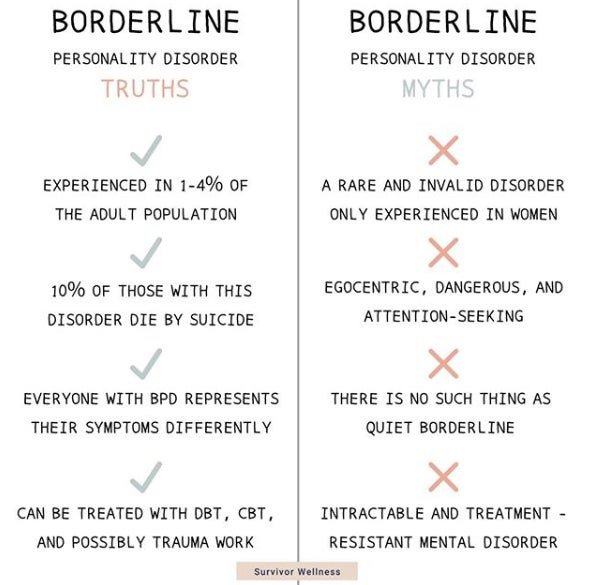 ” Richard A. Moskovitz, MD, author of Lost in the Mirror: An Inside Look at Borderline Personality Disorder “Randi Kreger masterfully breaks down BPD to help people more easily understand this complex subject.” Barbara Oakley, PhD, author of Evil Genes: Why Rome Fell, Hitler Rose, Enron Failed, and My Sister Stole My Mother’s Boyfriend THE ESSENTIAL FAMILY GUIDE TO Borderline Personality Disorder New Tools and Techniques to Stop Walking on Eggshells • Randi Kreger • Hazelden Center City, Minnesota 55012 hazelden.org © 2008 by Randi Kreger All rights reserved. Published 2008 Printed in the United States of America No part of this publication may be reproduced, stored in a retrieval system, or transmitted in any form or by any means—electronic, mechanical, photocopying, recording, scanning, or otherwise —without the express written permission of the publisher. Failure to comply with these terms may expose you to legal action and damages for copyright infringement.
” Richard A. Moskovitz, MD, author of Lost in the Mirror: An Inside Look at Borderline Personality Disorder “Randi Kreger masterfully breaks down BPD to help people more easily understand this complex subject.” Barbara Oakley, PhD, author of Evil Genes: Why Rome Fell, Hitler Rose, Enron Failed, and My Sister Stole My Mother’s Boyfriend THE ESSENTIAL FAMILY GUIDE TO Borderline Personality Disorder New Tools and Techniques to Stop Walking on Eggshells • Randi Kreger • Hazelden Center City, Minnesota 55012 hazelden.org © 2008 by Randi Kreger All rights reserved. Published 2008 Printed in the United States of America No part of this publication may be reproduced, stored in a retrieval system, or transmitted in any form or by any means—electronic, mechanical, photocopying, recording, scanning, or otherwise —without the express written permission of the publisher. Failure to comply with these terms may expose you to legal action and damages for copyright infringement. Library of Congress Cataloging-in-Publication Data Kreger, Randi. The essential family guide to borderline personality disorder: new tools and techniques to stop walking on eggshells / Randi Kreger. p. cm. Includes bibliographical references and index. ISBN 978-1-59285-363-2 (softcover) 1. Borderline personality disorder— Treatment. 2. Borderline personality disorder—Patients—Family relationships. 3. Antisocial personality disorders— Treatment. I. Title. RC569.5.B67K73838 2008 616.85'852—dc22 2008036456 Ebook ISBN: 978-1-59285-783-8 Editor’s note The BPD stories quoted in this book are either composites or used with permission. In some instances, names, details, and circumstances have been changed to protect anonymity. This publication is not intended as a substitute for the advice of health care professionals. 12 11 10 09 08 1 2 3 4 5 6 Cover design by Theresa Jaeger Gedig Interior design by Ann Sudmeier Typesetting by BookMobile Design and Publishing Services Dedication This book is for those who walked with me hand in hand —and sometimes carried me—in my own journey along the yellow brick road.
Library of Congress Cataloging-in-Publication Data Kreger, Randi. The essential family guide to borderline personality disorder: new tools and techniques to stop walking on eggshells / Randi Kreger. p. cm. Includes bibliographical references and index. ISBN 978-1-59285-363-2 (softcover) 1. Borderline personality disorder— Treatment. 2. Borderline personality disorder—Patients—Family relationships. 3. Antisocial personality disorders— Treatment. I. Title. RC569.5.B67K73838 2008 616.85'852—dc22 2008036456 Ebook ISBN: 978-1-59285-783-8 Editor’s note The BPD stories quoted in this book are either composites or used with permission. In some instances, names, details, and circumstances have been changed to protect anonymity. This publication is not intended as a substitute for the advice of health care professionals. 12 11 10 09 08 1 2 3 4 5 6 Cover design by Theresa Jaeger Gedig Interior design by Ann Sudmeier Typesetting by BookMobile Design and Publishing Services Dedication This book is for those who walked with me hand in hand —and sometimes carried me—in my own journey along the yellow brick road. It is also dedicated to the libraries in and around Saint Louis Park, Minnesota. The children’s novels there, more precious than any ruby-red slippers, made both me and this book possible. When we are no longer able to change a situation . . . we are challenged to change ourselves. • Viktor E. Frankl • Contents Foreword by Robert O. Friedel, MD Acknowledgments About This Book Part 1: The ABCs of BPD Chapter 1: Welcome to Oz Chapter 2: Understanding Borderline Personality Disorder Chapter 3: Making Sense of Your Relationship Chapter 4: Risk Factors of BPD Chapter 5: Treating BPD Chapter 6: Finding Professional Help Part 2: Power Tools: About Power Tools Chapter 7: Power Tool 1: Take Good Care of Yourself Chapter 8: Power Tool 2: Uncover What Keeps You Feeling Stuck Chapter 9: Power Tool 3: Communicate to Be Heard Chapter 10: Power Tool 4: Set Limits with Love Chapter 11: Power Tool 5: Reinforce the Right Behavior Conclusion: Start Today Resources Notes About the Author
It is also dedicated to the libraries in and around Saint Louis Park, Minnesota. The children’s novels there, more precious than any ruby-red slippers, made both me and this book possible. When we are no longer able to change a situation . . . we are challenged to change ourselves. • Viktor E. Frankl • Contents Foreword by Robert O. Friedel, MD Acknowledgments About This Book Part 1: The ABCs of BPD Chapter 1: Welcome to Oz Chapter 2: Understanding Borderline Personality Disorder Chapter 3: Making Sense of Your Relationship Chapter 4: Risk Factors of BPD Chapter 5: Treating BPD Chapter 6: Finding Professional Help Part 2: Power Tools: About Power Tools Chapter 7: Power Tool 1: Take Good Care of Yourself Chapter 8: Power Tool 2: Uncover What Keeps You Feeling Stuck Chapter 9: Power Tool 3: Communicate to Be Heard Chapter 10: Power Tool 4: Set Limits with Love Chapter 11: Power Tool 5: Reinforce the Right Behavior Conclusion: Start Today Resources Notes About the Author
by Randi Kreger
Checking for file health. ..
..
Preview
The Essential Family Guide to Borderline Personality Disorder: New Tools and Techniques to StopThe Essential Family Guide to Borderline Personality Disorder “This indispensable book is compassionate to all involved and avoids blame, jargon, and oversimplification.” Freda B. Friedman, PhD Dialectical Behavior Specialist “With exquisite understanding of the disorder and empathy for both those who have it and their family members, Randi Kreger offers valuable ‘Power Tools’ to help readers endure the ravages of BPD.” Jerold J. Kreisman, MD, coauthor of I Hate You—Don’t Leave Me: Understanding the Borderline Personality and Sometimes I Act Crazy: Living with Borderline Personality Disorder “Randi Kreger uncovers the marvelous symmetry of the borderline relationship, in which both participants experience similar self-doubts, irrational guilt and shame, wavering identity, helplessness, anger, and fear of abandonment. Those with BPD and their loved ones will, together, benefit from the tools she provides.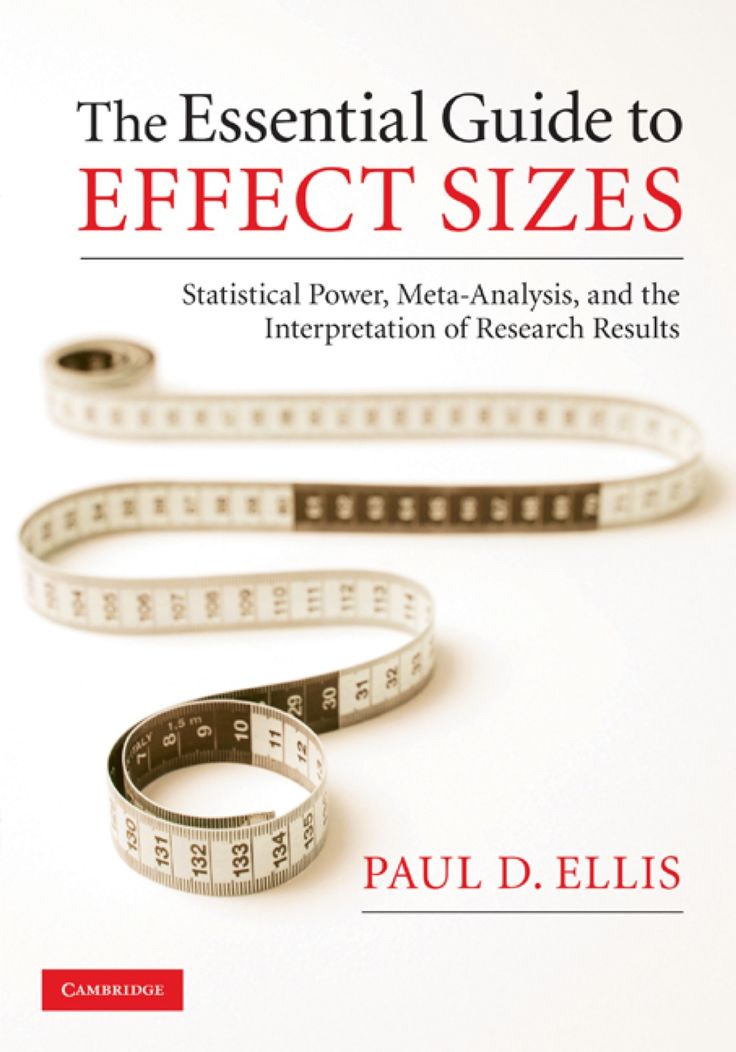 ” Richard A. Moskovitz, MD, author of Lost in the Mirror: An Inside Look at Borderline Personality Disorder “Randi Kreger masterfully breaks down BPD to help people more easily understand this complex subject.” Barbara Oakley, PhD, author of Evil Genes: Why Rome Fell, Hitler Rose, Enron Failed, and My Sister Stole My Mother’s Boyfriend THE ESSENTIAL FAMILY GUIDE TO Borderline Personality Disorder New Tools and Techniques to Stop Walking on Eggshells • Randi Kreger • Hazelden Center City, Minnesota 55012 hazelden.org © 2008 by Randi Kreger All rights reserved. Published 2008 Printed in the United States of America No part of this publication may be reproduced, stored in a retrieval system, or transmitted in any form or by any means—electronic, mechanical, photocopying, recording, scanning, or otherwise —without the express written permission of the publisher. Failure to comply with these terms may expose you to legal action and damages for copyright infringement.
” Richard A. Moskovitz, MD, author of Lost in the Mirror: An Inside Look at Borderline Personality Disorder “Randi Kreger masterfully breaks down BPD to help people more easily understand this complex subject.” Barbara Oakley, PhD, author of Evil Genes: Why Rome Fell, Hitler Rose, Enron Failed, and My Sister Stole My Mother’s Boyfriend THE ESSENTIAL FAMILY GUIDE TO Borderline Personality Disorder New Tools and Techniques to Stop Walking on Eggshells • Randi Kreger • Hazelden Center City, Minnesota 55012 hazelden.org © 2008 by Randi Kreger All rights reserved. Published 2008 Printed in the United States of America No part of this publication may be reproduced, stored in a retrieval system, or transmitted in any form or by any means—electronic, mechanical, photocopying, recording, scanning, or otherwise —without the express written permission of the publisher. Failure to comply with these terms may expose you to legal action and damages for copyright infringement. Library of Congress Cataloging-in-Publication Data Kreger, Randi. The essential family guide to borderline personality disorder: new tools and techniques to stop walking on eggshells / Randi Kreger. p. cm. Includes bibliographical references and index. ISBN 978-1-59285-363-2 (softcover) 1. Borderline personality disorder— Treatment. 2. Borderline personality disorder—Patients—Family relationships. 3. Antisocial personality disorders— Treatment. I. Title. RC569.5.B67K73838 2008 616.85'852—dc22 2008036456 Ebook ISBN: 978-1-59285-783-8 Editor’s note The BPD stories quoted in this book are either composites or used with permission. In some instances, names, details, and circumstances have been changed to protect anonymity. This publication is not intended as a substitute for the advice of health care professionals. 12 11 10 09 08 1 2 3 4 5 6 Cover design by Theresa Jaeger Gedig Interior design by Ann Sudmeier Typesetting by BookMobile Design and Publishing Services Dedication This book is for those who walked with me hand in hand —and sometimes carried me—in my own journey along the yellow brick road.
Library of Congress Cataloging-in-Publication Data Kreger, Randi. The essential family guide to borderline personality disorder: new tools and techniques to stop walking on eggshells / Randi Kreger. p. cm. Includes bibliographical references and index. ISBN 978-1-59285-363-2 (softcover) 1. Borderline personality disorder— Treatment. 2. Borderline personality disorder—Patients—Family relationships. 3. Antisocial personality disorders— Treatment. I. Title. RC569.5.B67K73838 2008 616.85'852—dc22 2008036456 Ebook ISBN: 978-1-59285-783-8 Editor’s note The BPD stories quoted in this book are either composites or used with permission. In some instances, names, details, and circumstances have been changed to protect anonymity. This publication is not intended as a substitute for the advice of health care professionals. 12 11 10 09 08 1 2 3 4 5 6 Cover design by Theresa Jaeger Gedig Interior design by Ann Sudmeier Typesetting by BookMobile Design and Publishing Services Dedication This book is for those who walked with me hand in hand —and sometimes carried me—in my own journey along the yellow brick road. It is also dedicated to the libraries in and around Saint Louis Park, Minnesota. The children’s novels there, more precious than any ruby-red slippers, made both me and this book possible. When we are no longer able to change a situation . . . we are challenged to change ourselves. • Viktor E. Frankl • Contents Foreword by Robert O. Friedel, MD Acknowledgments About This Book Part 1: The ABCs of BPD Chapter 1: Welcome to Oz Chapter 2: Understanding Borderline Personality Disorder Chapter 3: Making Sense of Your Relationship Chapter 4: Risk Factors of BPD Chapter 5: Treating BPD Chapter 6: Finding Professional Help Part 2: Power Tools: About Power Tools Chapter 7: Power Tool 1: Take Good Care of Yourself Chapter 8: Power Tool 2: Uncover What Keeps You Feeling Stuck Chapter 9: Power Tool 3: Communicate to Be Heard Chapter 10: Power Tool 4: Set Limits with Love Chapter 11: Power Tool 5: Reinforce the Right Behavior Conclusion: Start Today Resources Notes About the Author
It is also dedicated to the libraries in and around Saint Louis Park, Minnesota. The children’s novels there, more precious than any ruby-red slippers, made both me and this book possible. When we are no longer able to change a situation . . . we are challenged to change ourselves. • Viktor E. Frankl • Contents Foreword by Robert O. Friedel, MD Acknowledgments About This Book Part 1: The ABCs of BPD Chapter 1: Welcome to Oz Chapter 2: Understanding Borderline Personality Disorder Chapter 3: Making Sense of Your Relationship Chapter 4: Risk Factors of BPD Chapter 5: Treating BPD Chapter 6: Finding Professional Help Part 2: Power Tools: About Power Tools Chapter 7: Power Tool 1: Take Good Care of Yourself Chapter 8: Power Tool 2: Uncover What Keeps You Feeling Stuck Chapter 9: Power Tool 3: Communicate to Be Heard Chapter 10: Power Tool 4: Set Limits with Love Chapter 11: Power Tool 5: Reinforce the Right Behavior Conclusion: Start Today Resources Notes About the Author
See more
Similar The Essential Family Guide to Borderline Personality Disorder: New Tools and Techniques to Stop
Zlibrary:hope Give books away. Get books you want.
Get books you want.
Most Popular
Latest upload
Books on Schema Therapy
Books on Schema Therapy
We have collected Schema Therapist books that we would like to share with you:
-
Books on Schema Therapy
for Specialists -
Popular Science Books for General
self-development
Books on schema therapy for specialists
These books are intended primarily for professional psychotherapists and psychologists, psychiatrists, as well as students of psychological faculties and medical universities
Manual of Schema Therapy: Theory, Research and Practice (2022)
Schema Therapy: Distinctions (2021)
The Practice of Schema Therapy: An Inside View (2021)
Schema Therapy: A Practical Guide (2020)
Schema Therapy Clinical Guide (2020)
Schema Therapy Practice Guide (2016)
Schema Therapy Empathic Confrontation. With Working Papers
With Working Papers
(2022)
Basic Guidelines for Schema Therapy
Theory and Practice, Research, Distinctions, and Tools for Self-Reflection
Manual of Schema Therapy: Theory, Research, and Practice (2022)
Editors — Michiel van Vrieswijk, Jenny Broesen, Marjon Nadort
The book is a major work in the field schema therapy, prepared by the joint efforts of world leaders in this area. The guide includes seven major sections, consisting of several thematic chapters:
- The first section describes the history of the development of schema therapy and the main theoretical concepts of the method.
- The second part deals with issues related to the processes that occur at various stages of schema therapy, such as diagnosis and evaluation, building conceptualization, accurate and timely application of interventions.
- The third section is entirely devoted to the use of schema therapy-specific techniques and interventions, as well as the description of techniques and protocols from other areas (mindfulness, acceptance and responsibility therapy).

- The fourth section contains chapters that describe the specifics of the use of schema therapy in various settings (outpatient, hospital formats, day hospital, forensic psychiatric institutions), in various forms (group schema therapy, couples schema therapy, schema therapy children and adolescents), in various durations of therapy (long-term and short-term protocols), in integration with various methods (cognitive-behavioral therapy, psychodynamic therapy) and in various clinical populations.
- The fifth section describes the processes of learning, supervision, development of self-reflection and self-care skills.
- The sixth section is devoted to the scientific part and description of research strategies in the field of schema therapy.
- The final seventh section describes the experience of integrating schema therapy into health care systems in various countries.
Buy the book
| To the list of books |
Schema therapy: distinctive features (2021)
By Eshkol Rafaeli, David F.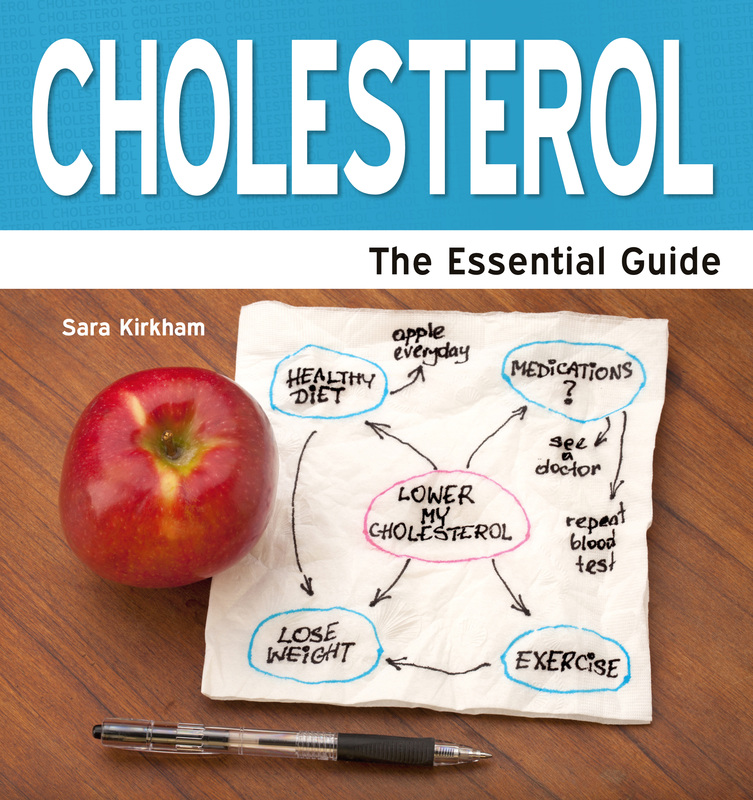 Bernstein, Geoffrey Young
Bernstein, Geoffrey Young
This book is a useful resource for clinical psychologists, psychotherapists, psychopathologists, and psychiatrists.
Schema Therapy combines well established CBT techniques with elements of interpersonal, experiential and psychodynamic therapies. It proceeds from the fact that many negative cognitive states are rooted in a person's past experience, and offers models to counteract and modify negative thoughts and actions.
The book consists of two parts - theoretical and practical provisions, and can serve as a brief introduction to schema therapy for specialists who are not familiar with this technique. Readers familiar with the technique of schema therapy will find here a discussion of 30 distinguishing features of schema therapy from other forms of cognitive behavioral therapy.
Buy the book
| To the list of books |
The practice of schema therapy: an inside look (2021)
Workbook for therapists with tasks for independent work and self-reflection
Authors — Farrell J. M., Shaw I.A.
M., Shaw I.A.
Guide for psychotherapists with tasks for independent work and self-reflection.
This unique resource helps therapists improve their skills in schema therapy by trying schema therapy methods on themselves and reflecting on the experiences. Designed for use by individuals and groups alike, this book uses a wealth of opportunities for self-testing and self-reflection, a training strategy based on visibility. The book is illustrated with examples from therapeutic practice and is provided with numerous worksheets and forms for performing exercises.
Acqu will schema therapy, an examination of the concept of "schema", a review of the most commonly used strategies, as well as transcripts of real sessions conducted by Dr. Yang and his colleagues, and analysis of clinical cases. The book is intended primarily for professional psychotherapists and psychologists, but will be of interest to a wider readership.
Schema therapy, a form of psychotherapy developed by Dr. Jeffrey Young for the treatment of personality disorders, is gaining more and more supporters as it is highly effective in treating conditions such as anxiety disorders (panic, generalized, social), obsessive-compulsive disorder disorder, borderline personality disorder, narcissistic disorder, post-traumatic disorder, depression, etc. Schema therapy is widely used in both individual and family therapy.
Jeffrey Young for the treatment of personality disorders, is gaining more and more supporters as it is highly effective in treating conditions such as anxiety disorders (panic, generalized, social), obsessive-compulsive disorder disorder, borderline personality disorder, narcissistic disorder, post-traumatic disorder, depression, etc. Schema therapy is widely used in both individual and family therapy.
You will find handouts in free access on the website of the Nauchny Mir publishing house.
Acqu will schema therapy is a universal guide for psychotherapists who are new to this approach and would like to successfully apply it in their clinical practice.
Benefits of this publication:
- introduces a modern concept of schema-modes that makes it easy to conceptualize clinical cases and effectively apply emotion-focused therapy techniques;
- demonstrates the use of schema therapy in the treatment of not only borderline personality disorder, but also other personality disorders and Axis I disorders such as OCD, anxiety and depression;
- The leading role of the authors of the manual in the development of the schema approach and the creation of a therapeutic model of schema modes is recognized throughout the world.

Buy the book
Empathic confrontation in schema therapy
(2022)
With working materials
Authors Rice Nehle, Vogel Fredericke
Schema therapy is a modification of CBT and is of increasing interest to CBT therapists patients. The authors show that empathic confrontation is one of the schema-therapeutic techniques that are far from being fully described in the literature and analyzed in detail in this book.
After a short introduction to schema therapy, maladaptive coping regimens are described, each of which has its own chapter. Then an example of a case with this mode is given. Further, the features of empathic confrontation with the corresponding regime are highlighted point by point, and, finally, the pitfalls that can be encountered when implementing the described steps are analyzed. Each chapter contains working materials for use in the process of empathic confrontation with different coping modes.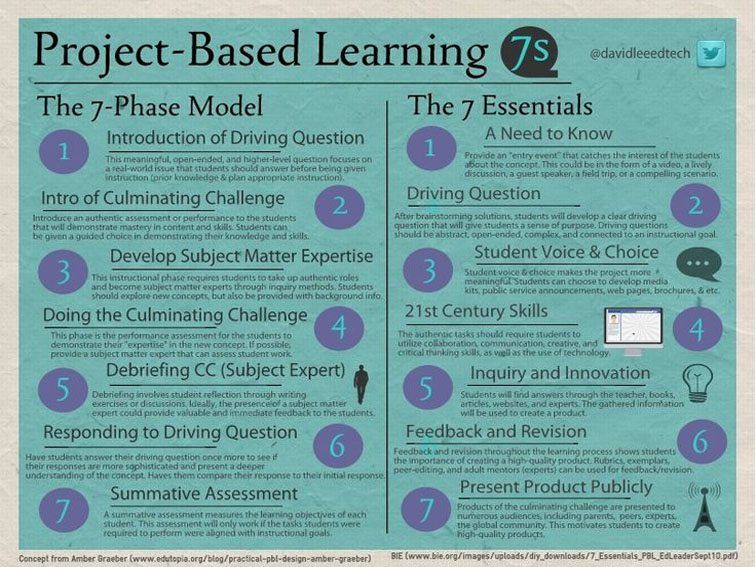
In addition, there is a chapter on empathic confrontation in group work, a new and exciting trend in recent years that could make schema therapy accessible to more people.
Specific examples from individual and group work are described; there are a number of typical scenarios for particularly difficult situations that we encounter in our therapeutic practice.
Buy a book
| To the list of books |
Schema therapy practice
Personality disorder work, work with children and adolescents, couples schema therapy
Borderline personality disorder schema therapy (2021)
Schema therapy in the treatment of eating disorders. Theory and Practice in Individual and Group Format (2022)
Schema Therapy for Children and Adolescents
(2021)
Schema Therapy for Couples (2017)
Schema Therapy for Borderline Personality Disorder (2021)
By Arno Arntz, Hannie van Genderen
A guide to using schema therapy to reduce symptoms of BPD and bring about lasting change in the client's personality.
This book describes a relatively new form of therapy for BPD, Schema Therapy. Schema therapy emphasizes the emotional processing of traumatic experiences and the use of the therapeutic relationship to bring about positive change. This book details schema therapy in the treatment of BPD, the goals and phases of this therapy, treatment planning, cognitive and behavioral techniques, specific techniques appropriate for each schema mode, disruption of behavioral patterns, termination of therapy, and much more. friend. Numerous scientific studies and clinical trials have shown that schema therapy (ST), based on cognitive behavioral therapy and techniques derived from experiential therapies, can provide a significant improvement in the condition and quality of life of clients suffering from BPD.
Acqu will The evidence base for the effectiveness of regimen therapy for the treatment of ED is constantly increasing. Written by an international team of leading Schema Therapists, this book is a practical guide to the application of a new direction in the treatment of complex clinical cases of eating disorders, established or persistent eating disorders, or patients who do not respond to first choice treatments. This book is based entirely on the clinical knowledge and research experience of the authors.
This book is based entirely on the clinical knowledge and research experience of the authors.
Schema therapy can provide effective, well-timed treatment within resource-limited health services. This book is an essential guide for the therapist in dealing with eating disorders by reducing self-destructive life patterns while strengthening healthy coping and self-compassion skills.
Patients who do not respond to standard treatments for eating disorders may experience some limitations. Schema therapy is one exciting new direction in the treatment of such clinical cases, as it offers a really needed model for bringing together developmental factors as well as deeper personality factors. This book, the first of its kind, helps clinicians apply schematic models to patients with established or persistent eating disorders and encourages further clinical research into this treatment approach.
Innovative and accessible materials will be an invaluable resource for clinicians in the field of eating disorders.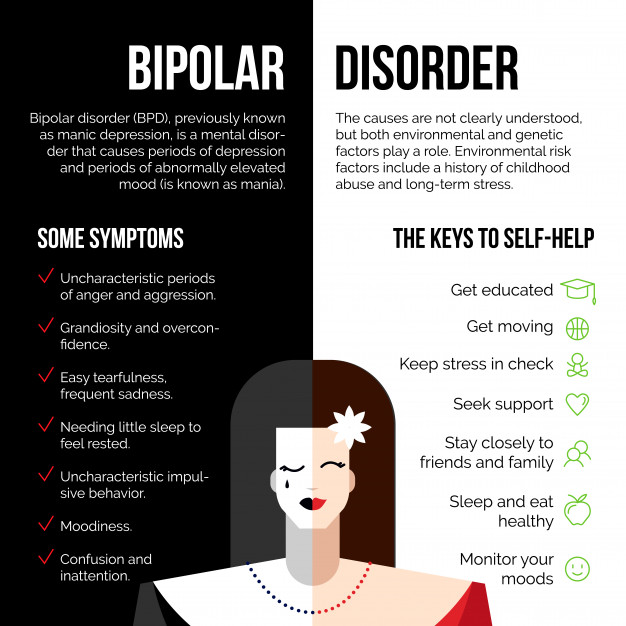
Buy a book
| for the list of books |
Scheme -therapy for children and adolescents
(2021)
Practical Guide
Authors - Graf Kristof, Graof Peter, Gerkhard Grabsk, Holte Rut Lut A.
Schema therapy for children and adolescents, in addition to general aspects such as dealing with early dysfunctional schemas, basic emotional needs and regimens, also includes a specific approach to the therapeutic relationship. The book details the basic principles, theories and models of schema therapy in the context of personality development from infancy to adolescence. The authors have created a clear practical guide for the clinical application of modern therapeutic techniques.
Schema therapy is a modern integrative model of psychotherapy created as a modification of cognitive behavioral therapy. This book is the first guide to adapting schema therapy to the needs of children and adolescents. Written by the pioneers of the approach, the book presents a wide range of innovative techniques focused on children and their parents, with detailed descriptions of their application at five key stages of development from infancy to adolescence.
Written by the pioneers of the approach, the book presents a wide range of innovative techniques focused on children and their parents, with detailed descriptions of their application at five key stages of development from infancy to adolescence.
Buy book
| to the list of books |
Scheme-therapy of married couples (2017)
Practical manual for healing Relations
Authors-Chiara Simeona-Difracheko, Echard Rediger, Bruce A. Stepens
Scheme-therapy schemes-therapy. couples is an excellent primer on both marital therapy and the increasingly popular method of schema therapy. The authors adapt the idea of subpersonality modes to analyze the cycles of marital interactions. The book develops a very clear conceptualization of the case - a map of marital conflict. Thanks to this map, dead ends and places where the couple gets stuck become obvious.
The book also deals with adultery, violence and divorce. A classification of adultery is given and how this topic can be related to early childhood maladaptive schemes is shown. Ideas about forgiveness and reconciliation in a couple are discussed.
A classification of adultery is given and how this topic can be related to early childhood maladaptive schemes is shown. Ideas about forgiveness and reconciliation in a couple are discussed.
The book provides concrete steps in working with partners, and the authors trace the work with spouses from the first meeting to the end of therapy. It presents a huge number of techniques and recommendations for a couples therapist.
Acqu will in Schema Therapy (2021)
The Empty Chair Technique as a Mechanism for Change (2021)
Contextual Schema Therapy (2021)
An Integrative Approach to Personality Disorders, Interpersonal Relationships and Emotional Regulation
Authors - Eckhard Roediger, Bruce Stevens, Robert Brockman
The book presents an original attempt to theoretically comprehend the foundations of J. Young's schema therapy based on integration with other modern areas of psychotherapy, called the "third wave" and related to the contextual paradigm of understanding and treating mental disorders.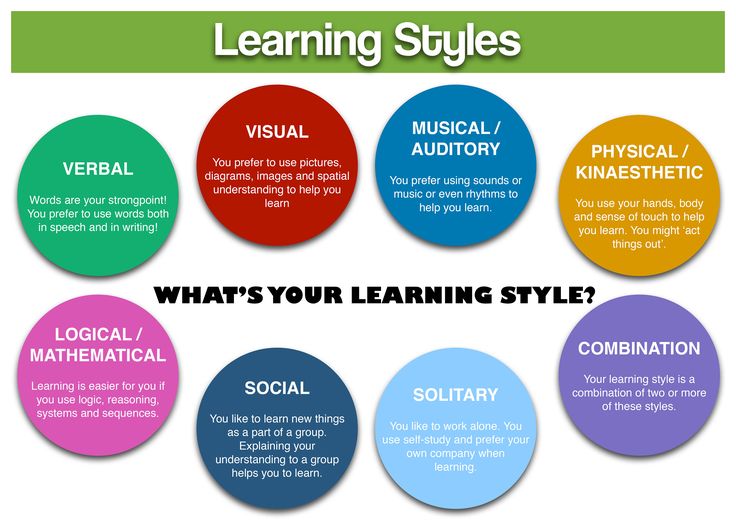 A significant part of the book is devoted to practical recommendations for the use of experiential techniques in the process of schema therapy.
A significant part of the book is devoted to practical recommendations for the use of experiential techniques in the process of schema therapy.
Of particular value are detailed examples of working with difficult cases in the treatment of personality disorders. It is intended for psychotherapists-practitioners and practical psychologists with a clinical focus.
Buy the book
| To the list of books |
Mindfulness and schema therapy (2021)
Practical guide. Modern psychotherapy.
Contributors - Michiel van Vrieswijk, Jenny Broersen, Ger Schurink
The book is an example of elegant integration into a single protocol of two evidence-based approaches - Mindfulness-Based Cognitive Therapy (MBCT) and Schema Therapy.
The described protocol allows to purposefully solve the problems of increasing awareness in relation to schemas, modes and their influence on thoughts, feelings, bodily manifestations and behavior in patients undergoing schema therapy.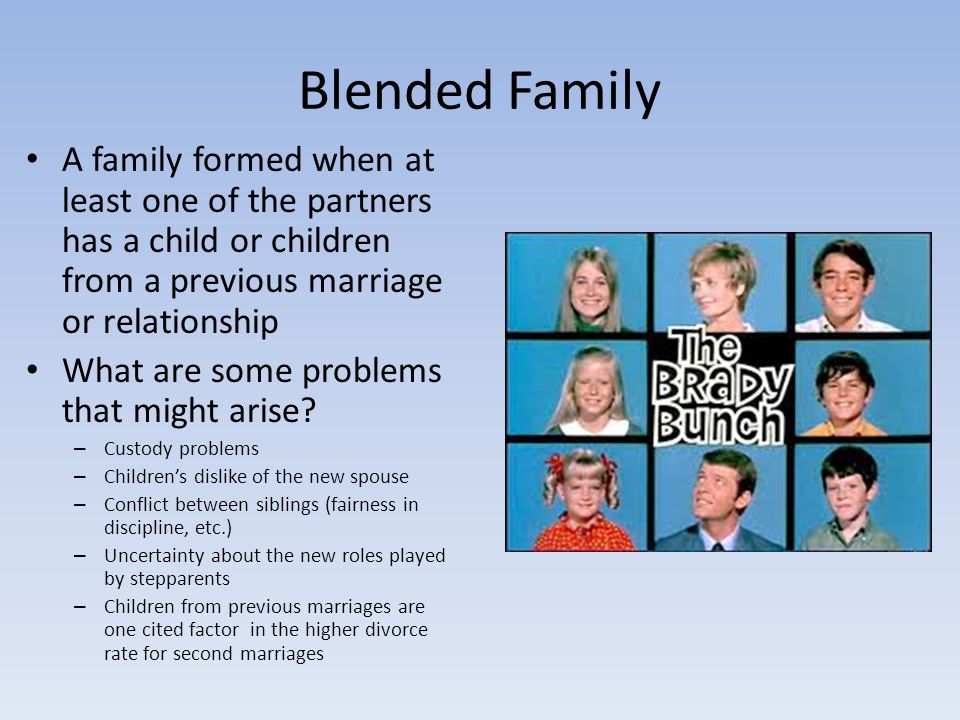 It includes 10 sessions and can be conducted both in a group and individual format.
It includes 10 sessions and can be conducted both in a group and individual format.
This manual is a practical tool that consists of three important sections: 1) the theory behind the effectiveness and principles of schema therapy and mindfulness programs, 2) a practical guide for practitioners, and 3) a workbook for the client. It allows not only to develop professional competencies and expand the therapeutic arsenal, but also to strengthen personal awareness.
Buy a book
| To the list of books |
Creative Techniques in Schema Therapy (2021)
Leading Edge and Innovation in Clinical Practice
Edited by Gillian Heath and Helen Startup
This book brings together under one cover the work of some of today's brightest specialists in the field of schema therapy and brings readers a wide range of classical and innovative approaches and techniques that have enriched schema therapy from its inception to the present day.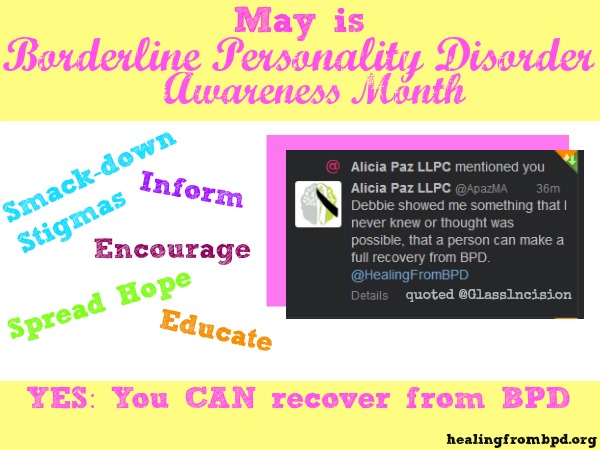 Data from randomized controlled trials are presented and three phases of the formation of schema therapy as an integrative approach are described, assimilating new ideas and techniques from other areas and embedding them into its basic structure.
Data from randomized controlled trials are presented and three phases of the formation of schema therapy as an integrative approach are described, assimilating new ideas and techniques from other areas and embedding them into its basic structure.
The relevant sections provide detailed descriptions of the procedure for clinical diagnosis and case conceptualization, imagination and chair work techniques, strategies for building therapeutic relationships and empathic confrontation, strategies for developing a healthy adult part of clients, and the process of completing psychotherapy. work. Clear and consistent recommendations and an abundance of clinical examples allow you to immediately test and apply the knowledge gained in practice.
Acqu will empty chair" as a mechanism for personal change with the help of psychotherapeutic dialogues - a method that combines art and science. The author reviews the history of the method and gives practical recommendations for its effective application to solve various clinical problems.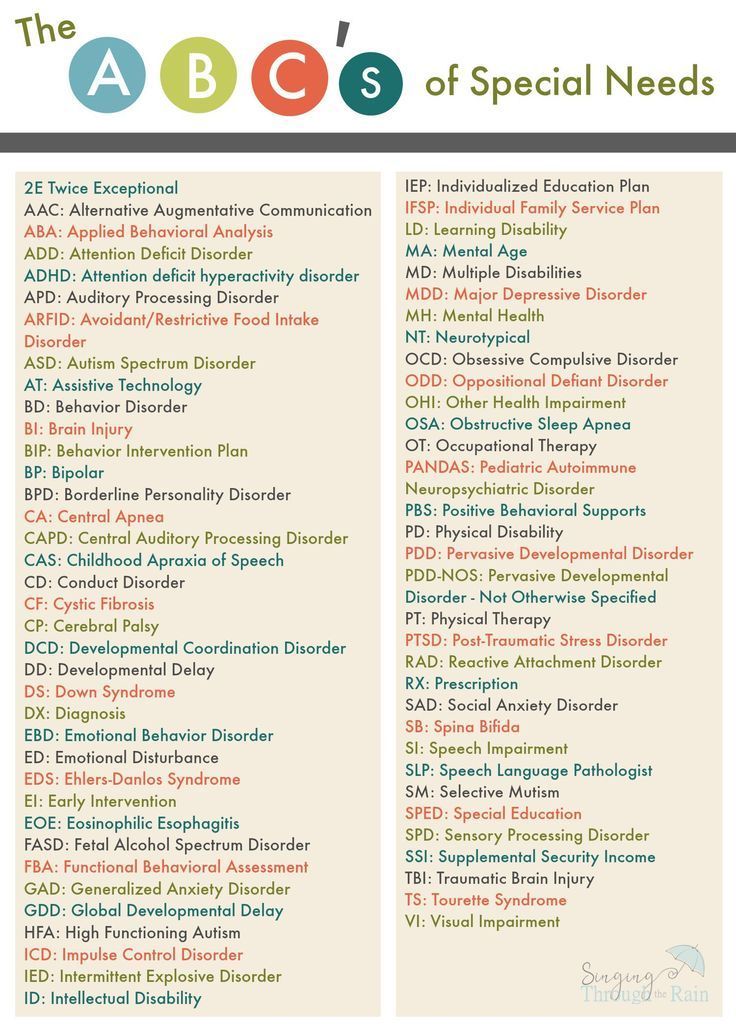 The Empty Chair Technique by Dr. Moreno in 1950s and finalized by Dr. Perls in the 1960s, today it is adopted by psychotherapists - representatives of the cognitive, behavioral, existential, Jungian, experiential, psychodynamic and integrative approaches. The book introduces clinicians to the basic methods of dialogue and helps organize therapeutic confrontations and dramatizations. The "empty chair" technique is used for dialogues both with others and with oneself. The book is intended for psychologists, psychotherapists, professional consultants, as well as for a wide range of readers interested in modern trends in psychology.
The Empty Chair Technique by Dr. Moreno in 1950s and finalized by Dr. Perls in the 1960s, today it is adopted by psychotherapists - representatives of the cognitive, behavioral, existential, Jungian, experiential, psychodynamic and integrative approaches. The book introduces clinicians to the basic methods of dialogue and helps organize therapeutic confrontations and dramatizations. The "empty chair" technique is used for dialogues both with others and with oneself. The book is intended for psychologists, psychotherapists, professional consultants, as well as for a wide range of readers interested in modern trends in psychology.
Disarm the Narcissist (2013)
A Guide to Happy Love (2022)
Eliminate Wrong Behaviors and Build Perfect Relationships
By Gitta Jakob, Alexandra Widmer Do You Know Failure in Love
When, looking back, you see emptiness, unfulfilled desires and futile passions.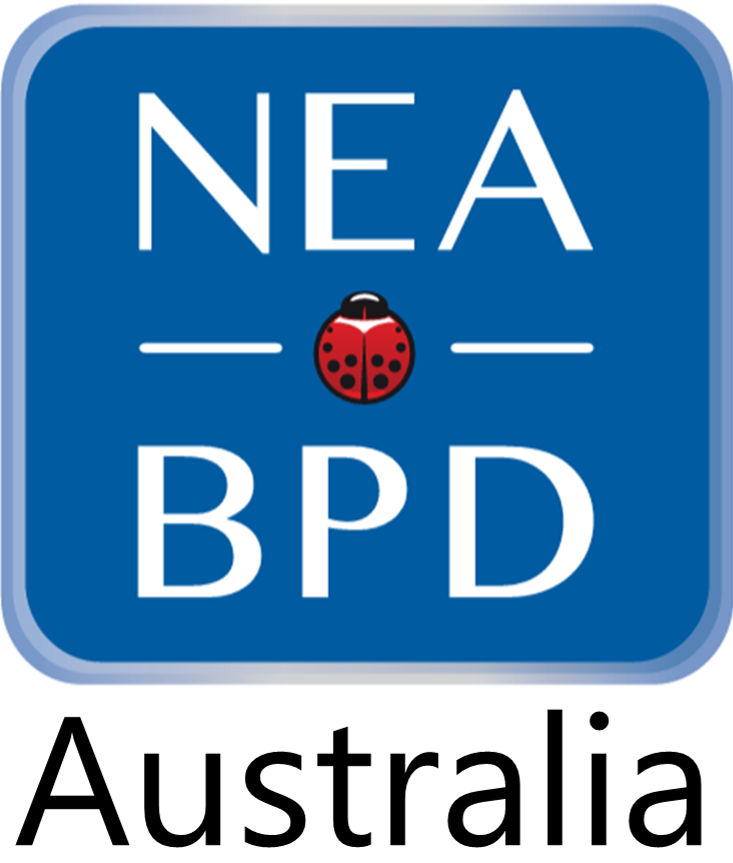 Or when you are not satisfied with today's relationship and you don't know how to change it for the better. Or maybe you visit a dating site again and again, but suddenly you stop understanding what you are really looking for. If you are nodding your head while reading this, then The Guide to Happy Love is written for you!
Or when you are not satisfied with today's relationship and you don't know how to change it for the better. Or maybe you visit a dating site again and again, but suddenly you stop understanding what you are really looking for. If you are nodding your head while reading this, then The Guide to Happy Love is written for you!
This book will help you:
- better understand yourself by defining your type in relationships;
- find out which partner suits you best;
- identify and change erroneous behavior patterns;
- maintain mutual understanding;
- notice in time that something has gone wrong and part with a dummy partner.
With the help of schema therapy, the authors will save you from the chaos in relationships and give you a chance for happy love. If you want to bypass theory, you can turn to the easily recognizable stories of three heroines - Ellie, Leonora and Sarah. Through their mistakes, fears and hardships, the authors will show you the path to harmony.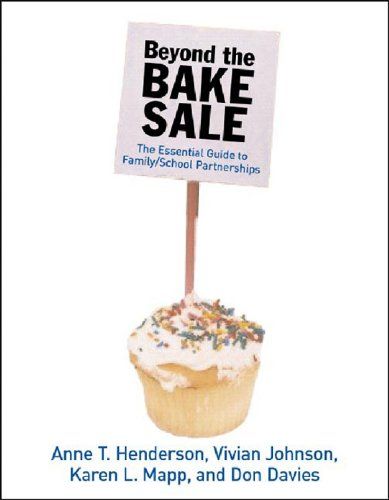 At the end of each story, you will find conclusions, tests and exercises. They will help you better position yourself in relationships in order to finally create the perfect ones.
At the end of each story, you will find conclusions, tests and exercises. They will help you better position yourself in relationships in order to finally create the perfect ones.
Buy the book
Don't step on the same rake (2022)
Understand your inner child, change your behavior patterns
By Gitta Jakob
we step on the same rake. We just behave as if by habit, completely automatically, even if we only make things worse for ourselves. Why does it seem almost impossible for us to give up "rake dancing"? The answer to this question is partly hidden in our past, in childhood and youth.
If you are stuck in thought patterns and behavior patterns that harm you, don't despair. The reliable methods of schema therapy offered in this book will help you to know yourself and stop making the same mistakes. You will get to know the elements of your personality that manifest themselves in different situations. Sometimes the inner Child is capricious, other times the inner Judge takes the floor, but it’s best when the adult Self takes the helm. Depending on who takes control, our expectations, perception and response to the situation change.
Sometimes the inner Child is capricious, other times the inner Judge takes the floor, but it’s best when the adult Self takes the helm. Depending on who takes control, our expectations, perception and response to the situation change.
The author offers tests, tools, and exercises to help you better understand yourself and open up. You will learn how to correctly distribute roles between parts of your personality and find yourself on the path to an easier and happier life.
Buy a book
| Return to the list |
Destruction of negative thinking patterns (2019)
Self-help and support in the scheme-therapy
Author-Hitta Jacob, Hanny Van Gender
This book is a practical guide to the study of the multiple nature of the human psyche, it may be of interest both to a wide range of readers who are simply interested in psychology, schema therapy and want to better understand themselves, and to psychologists, psychiatrists, psychotherapists, students of psychological departments and medical universities.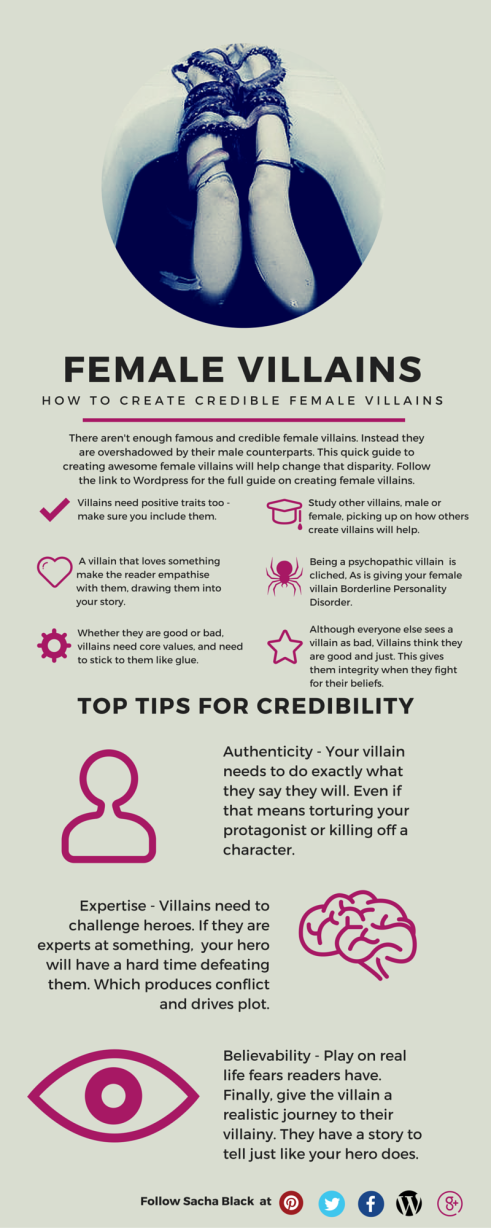 The key to this book is to provide the reader with a self-help guide that will teach them how to deal with emotionally difficult situations in the best possible way. It is also a great book to work with a therapist in schema therapy.
The key to this book is to provide the reader with a self-help guide that will teach them how to deal with emotionally difficult situations in the best possible way. It is also a great book to work with a therapist in schema therapy.
“This book is amazingly clear about the essence of schema therapy. The book is perfect for anyone who wants to understand how dysfunctional patterns in thinking, emotions, and behavior work, and how to change them. In Germany and the Netherlands, this book has already become a bestseller and a guide for many people. What a blessing that now it has also appeared in English” (Professor of Clinical Psychology, University of Amsterdam, the Netherlands).
Buy book
| Back to the list |
Get out of the vicious circle! (2018)
How to leave your problems in the past and let happiness into your life
By Jeffrey Young, Janet Klosko
it is worth looking for in yourself, or rather, in your childhood, and it doesn’t matter whether it was happy or traumatic. Leading American psychotherapists Jeffrey Young and Janet Klosko, the creators of schema therapy, are sure that as a child, each of us learns certain patterns of behavior, which we then reproduce with enviable stubbornness, even if they interfere with being successful and happy. But there is a way out!
Leading American psychotherapists Jeffrey Young and Janet Klosko, the creators of schema therapy, are sure that as a child, each of us learns certain patterns of behavior, which we then reproduce with enviable stubbornness, even if they interfere with being successful and happy. But there is a way out!
In this book, you will learn why we make the same mistakes and what actions can help break the vicious cycle and change lives for the better.
Buy a book
| Return to the list |
Good upbringing (2018)
Authors - John Filip and Karen Luis
Book is a thorough, practical, understandable and reasoned manual for parents.
It combines the principles of schema therapy, the latest research in pedagogy and child psychology, and the personal experience of the Louis spouses - psychologists, Christian ministers and parents.
The book introduces the reader to basic emotional needs and explains why meeting these needs is vital to raising emotionally healthy children.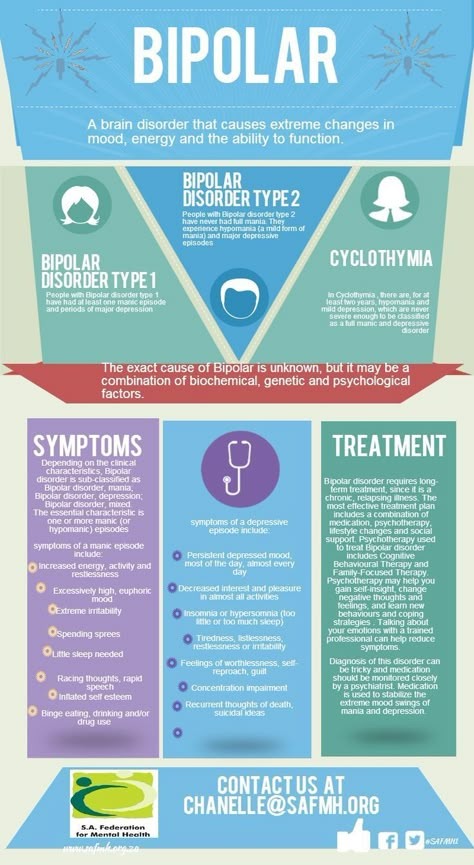 It empowers parents to deal with their own problems and learn to avoid behaviors that aggravate their children, learn how to repair relationships after marital conflict, and reconnect with their teens and older children.
It empowers parents to deal with their own problems and learn to avoid behaviors that aggravate their children, learn how to repair relationships after marital conflict, and reconnect with their teens and older children.
| Back to list 9 By Wendy T. Behari typical narcissist. This ambitious braggart demands to give him all your time and energy, admire him and exist only for his sake. Do you know such people? Is this someone close and dear to you, so you have to be there no matter what and look for ways to survive with such a person? Disarm the Narcissist will help you interact with a narcissist without mutual insults, power battles and pointless arguments - using only empathy and ways to establish boundaries. Psychologist Wendy Behari has been using this approach for over 20 years, and her experience has shown it to be the most effective way to live happily with a narcissist. In this book, you will get to know different types of narcissists and learn how to communicate with each of them.
Help for people with borderline personality disorder //Psychological newspaperPsychologists and psychotherapists are often approached by people who, during the process of psychodiagnostics and initial interviews, have borderline personality disorder or "emotionally unstable personality disorder" according to ICD-10. What are its signs? How is life for people with page personality disorder? What do experts think about healing? What self-help techniques can people with BPD use in difficult situations? I will talk about this in the article. Borderline personality disorder (BPD) is a group of personality disorders characterized by self-injurious behavior and difficulties in interpersonal relationships. Some people characterize BPD as "the apocalypse. I highlight such signs of BPD as: constant anxiety, people with BPD may be anxious because of the crises that accompany their lives, changing events. Often there is an alarming suspiciousness in connection with the state of health. Anxiety leads to psychosomatic illnesses, which reinforces the "vicious circle" - going to the doctors. Anxiety is associated with fear in the lives of people with BPD. A lot of things can scare them, these are new relationships, and intimacy, and parting, and other situations. Numerous spheres of life of people with BPD are “saturated” with fear, as in children aged 3-5 years, who are prone to various fears and anxieties. Especially fear and suspicion can increase in situations of stress. People with BPD have low self-esteem. It is as if a constant critic, distinguished by self-criticism, “sits” inside, and self-doubt and doubts are born from this. It is worth noting that it is difficult for people with BPD to answer the question: “who am I?”, “What do I want?”, The so-called diffuse identity manifests itself, where there are no strong goals, values and beliefs. People with BPD tend to change jobs frequently. The work book is literally teeming with notes about various organizations in which I had to work. As a result, they may face certain difficulties in finding employment in the future. The litmus test for BPD in people's behavior is self-harm and suicide. At the same time, self-harm can manifest itself in different ways, from suicidal attempts to masochistic tendencies in behavior, when people with BPD want the other person to scold, offend, hurt. You can describe borderline personality disorder with the word: INSTABILITY, where: N - hate. People with BPD are characterized by a feeling of hatred as a long, intense, negative feeling, reflecting disgust, hostility, rejection of someone. Expert opinions on borderline personality disorderAnton Yezhov, PhD in Psychiatry. Institute of Neurology, Psychiatry and Narcology of the Academy of Sciences of Ukraine, Kharkiv, full member of the Russian Psychotherapeutic Association, certified and accredited by the Moscow Gestalt Institute (according to the standards of the European Association of Gestalt Therapists). - Anton Vladimirovich, what is borderline personality disorder? - In ICD-10: F60.3 it is “Emotionally labile personality disorder. Impulsive and borderline type. With borderline character disorder ( BPD), patients generally test reality, however, during diagnosis, there may be a slight distortion in the description of events occurring with the patient, as a result of a poorly developed ability for reflection, mentalization, the impact of strong affects and primitive defenses on cognitive processes. - How can BPD be corrected? - In the therapy of CPH, the pathogenetic is long-term psychotherapy focused on the client-therapeutic relationship - this is the main type of treatment! Pharmacotherapy acts as a maintenance therapy. Drugs in the treatment of BPH include selective serotonin reuptake inhibitors, low dose antipsychotics, and mood stabilizers. Irina Mlodik, Ph.D. in Psychology, psychologist, gestalt therapist, existential psychotherapist, author of books and articles on child and adult practical psychology, author's training courses. - Irina Yurievna, please tell me, is it possible to recover from borderline personality disorder? - About the treatment: it's hard to say. I do not have a psychiatric, not a medical position on this matter. I believe that in each of us there can be a borderline arranged and borderline functioning part. In that sense, there's no cure for the way you're made. One can only reduce the consequences of border effects. Including and mainly with the help of high-quality and long-term, for example, humanistically oriented or analytical psychotherapy. Long-term and regular therapy creates a special type of relationship with the therapist, which allows, being in high-quality and constant contact: to live through many difficult and not processed by the psyche affects from childhood, to create and maintain with the help of therapeutic contact an important, permanent, uninterrupted connection with the therapist (which there was almost certainly no person with BPD), who becomes an important “adult” in the life of a “border guard” who can be relied upon. Advice for People with BPD to Use in a CrisisCalming emotional storm Stop fighting, avoiding, repressing, or denying what you are feeling. Give yourself permission to feel, this will take away the power of feelings over you. Awareness Let go of the past and the future, focus solely on the present moment. Mindfulness techniques can be very effective in this regard. Do something to change your bad feelings Some ideas for working on yourself Tactile sensations . Try running your hand in cold or hot (but not scalding) water; hold a piece of ice in your hand; grab the edge of the piece of furniture as hard as you can. Flavor . If you feel empty or bored inside, try putting strong flavored sweets or mints in your mouth, slowly eating something with an intense taste, such as something salty. If you want to calm down, try something calming like hot tea or soup. Smell . Light a candle, smell the flowers, try aromatherapy, spritz on your favorite perfume, or smell something that smells good in the kitchen. You may find you respond best to strong odors such as citrus, spices, etc. Landmark . Focus on an image that grabs your attention. It could be something in your immediate environment (a great view, a beautiful flower, the location of a building, a favorite painting or photo) or something you imagine. Sound . Try listening to loud music or a bell or whistle when you need a boost. To calm down, play soothing music or listen to soothing sounds of nature such as the wind, birds, or the ocean. |
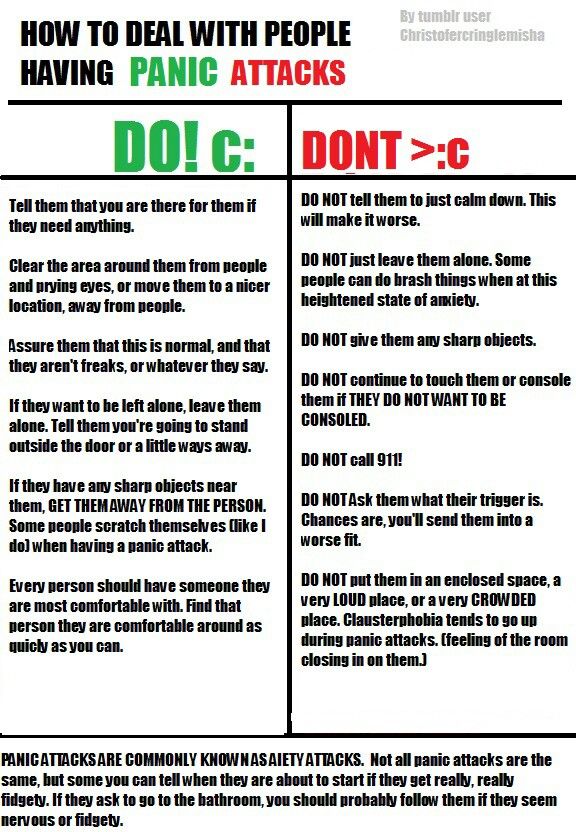 You will find out why you are drawn to such people (yes, it's not just that!), and work out your own life patterns.
You will find out why you are drawn to such people (yes, it's not just that!), and work out your own life patterns.  "
"  When there is a series of events associated with parting with a loved one, with failures in work or in the sphere of relationships with others, which is typical for people with BPD due to emotional instability, emotional or mental pain arises - it resembles an uncomfortable feeling inside, close to despair. People with BPD may have problems controlling their emotions, which manifests itself in uncontrollable anger and anger, chronic conflicts with others. It is very difficult for them to be in a relationship with one partner for a long time, therefore, changes often occur in relationships, even some chaos, the search for more and more new partners.
When there is a series of events associated with parting with a loved one, with failures in work or in the sphere of relationships with others, which is typical for people with BPD due to emotional instability, emotional or mental pain arises - it resembles an uncomfortable feeling inside, close to despair. People with BPD may have problems controlling their emotions, which manifests itself in uncontrollable anger and anger, chronic conflicts with others. It is very difficult for them to be in a relationship with one partner for a long time, therefore, changes often occur in relationships, even some chaos, the search for more and more new partners. 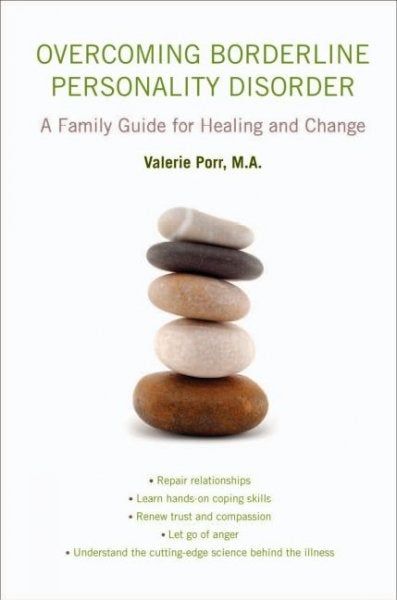 For some people with BPD, various kinds of addictions are characteristic, for example, alcoholism, drug addiction, gambling, Internet addiction. People with BPD are characterized by unreasonable spending of money, risky driving, and promiscuity. Often, after traumatic events, there may be problems with sleep, nightmares, obsessive thoughts about unpleasant situations, memories that disturb and do not allow you to live in peace. In general, the signs of BPD are characterized by polymorphism, and behavioral patterns - by a variety of manifestations.
For some people with BPD, various kinds of addictions are characteristic, for example, alcoholism, drug addiction, gambling, Internet addiction. People with BPD are characterized by unreasonable spending of money, risky driving, and promiscuity. Often, after traumatic events, there may be problems with sleep, nightmares, obsessive thoughts about unpleasant situations, memories that disturb and do not allow you to live in peace. In general, the signs of BPD are characterized by polymorphism, and behavioral patterns - by a variety of manifestations. 
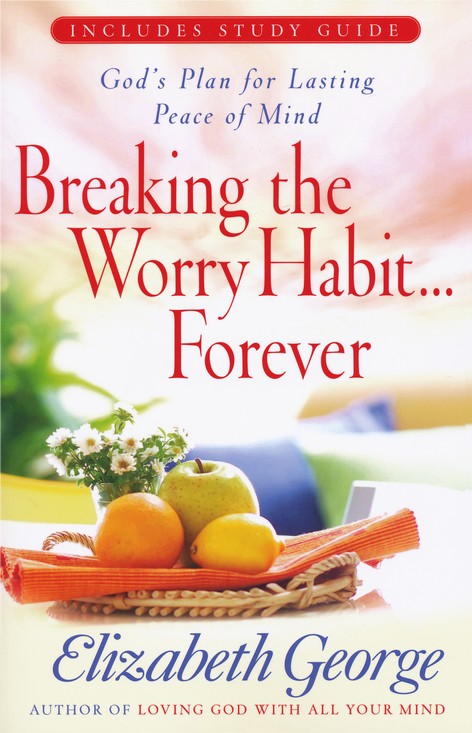
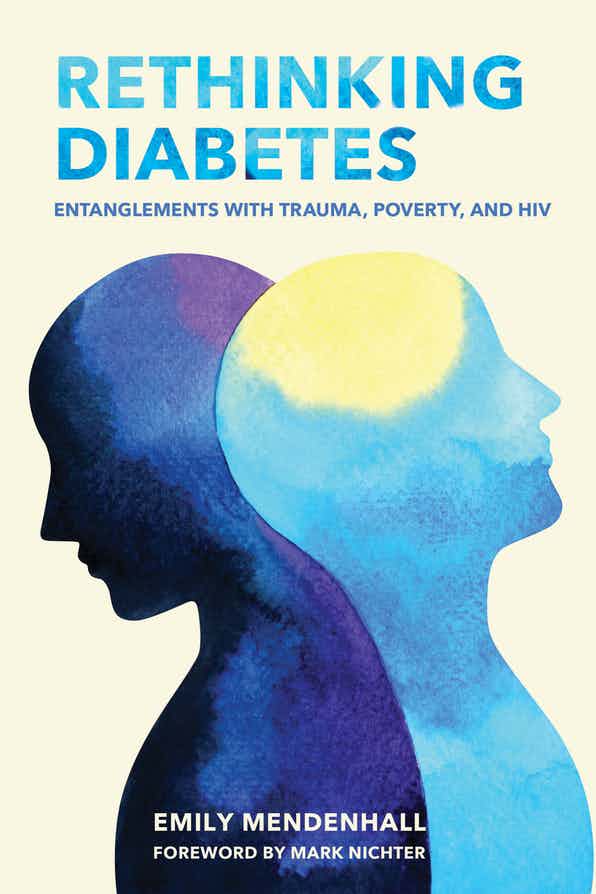 In some cases, there may be quasi-psychotic episodes in the form of short paranoid reactions, usually provoked by any dual and uncertain situation, as well as episodes of dissociation. But, as a rule, all these phenomena do not develop into stable delusional and hallucinatory symptoms. Patients with PPH also have a rather high suicidal risk, but the main motive is most often a demonstrative protest, jealousy, a desire to “punish” a partner and make him feel guilty. In PPH, rage, hatred, resentment dominate in suicidal behavior. Auto-aggressive actions are usually performed impulsively, at the peak of affect, often in a demonstrative style.
In some cases, there may be quasi-psychotic episodes in the form of short paranoid reactions, usually provoked by any dual and uncertain situation, as well as episodes of dissociation. But, as a rule, all these phenomena do not develop into stable delusional and hallucinatory symptoms. Patients with PPH also have a rather high suicidal risk, but the main motive is most often a demonstrative protest, jealousy, a desire to “punish” a partner and make him feel guilty. In PPH, rage, hatred, resentment dominate in suicidal behavior. Auto-aggressive actions are usually performed impulsively, at the peak of affect, often in a demonstrative style. 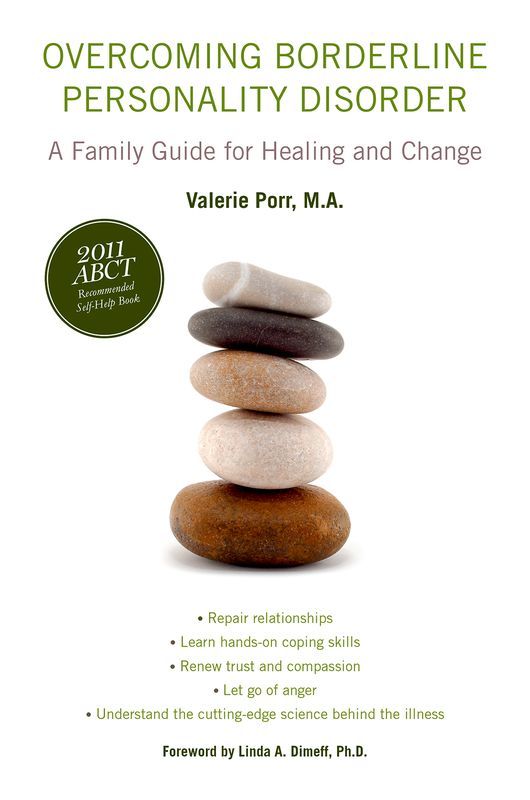 The general approach in the pharmacotherapy of BPH is to reduce the unnecessary use of medications (!), medicating the target symptoms with an understanding of pharmacodynamics.
The general approach in the pharmacotherapy of BPH is to reduce the unnecessary use of medications (!), medicating the target symptoms with an understanding of pharmacodynamics. 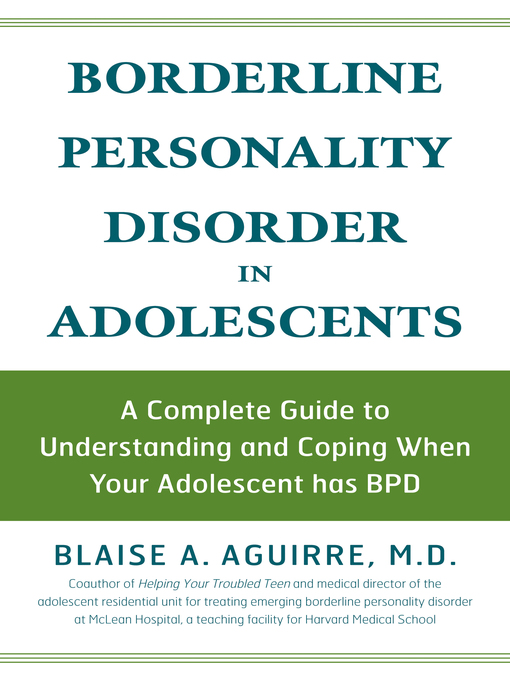 Subsequently, from relying on the connection and the figure of the therapist, inside and the person with BPD, other relationships grow both inside themselves (to their internal objects) and outside, they have the opportunity to maintain closeness not only with the therapist, but also with other people and build with them a long-term relationship. Affects become rarer, not so amplitude, endurable. There is an opportunity to know one’s own painful places better, take care of oneself more, be less exposed to destructive relationships and processes, better understand one’s reactions, features and manifestations, learn to treat oneself like this in the world of people, sometimes explaining to them one’s own characteristics and properties.
Subsequently, from relying on the connection and the figure of the therapist, inside and the person with BPD, other relationships grow both inside themselves (to their internal objects) and outside, they have the opportunity to maintain closeness not only with the therapist, but also with other people and build with them a long-term relationship. Affects become rarer, not so amplitude, endurable. There is an opportunity to know one’s own painful places better, take care of oneself more, be less exposed to destructive relationships and processes, better understand one’s reactions, features and manifestations, learn to treat oneself like this in the world of people, sometimes explaining to them one’s own characteristics and properties.  Try to simply experience your feelings without judgment or criticism.
Try to simply experience your feelings without judgment or criticism. 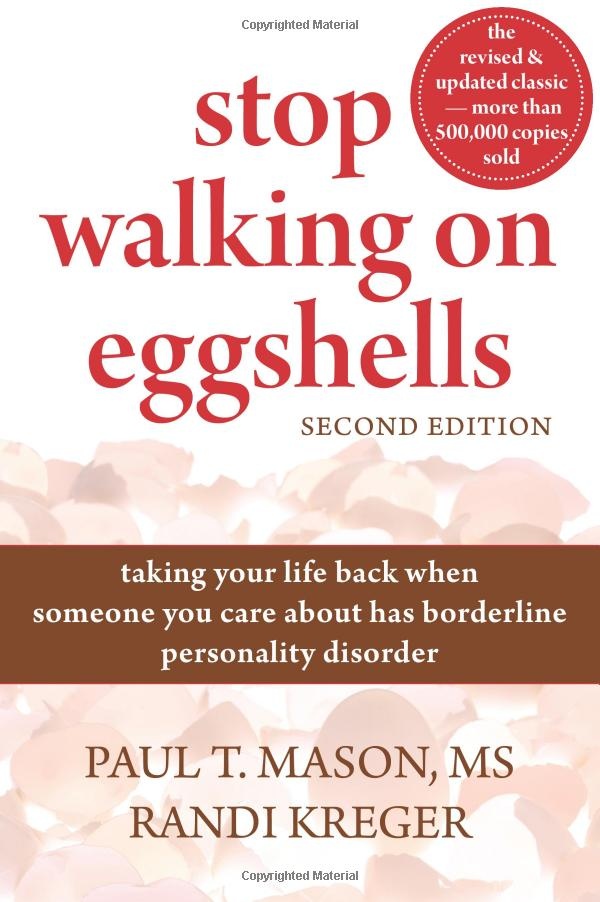 If you're feeling anxious and need to calm down, try taking a hot bath or shower; cover yourself with a blanket or cuddle with a pet.
If you're feeling anxious and need to calm down, try taking a hot bath or shower; cover yourself with a blanket or cuddle with a pet. 

